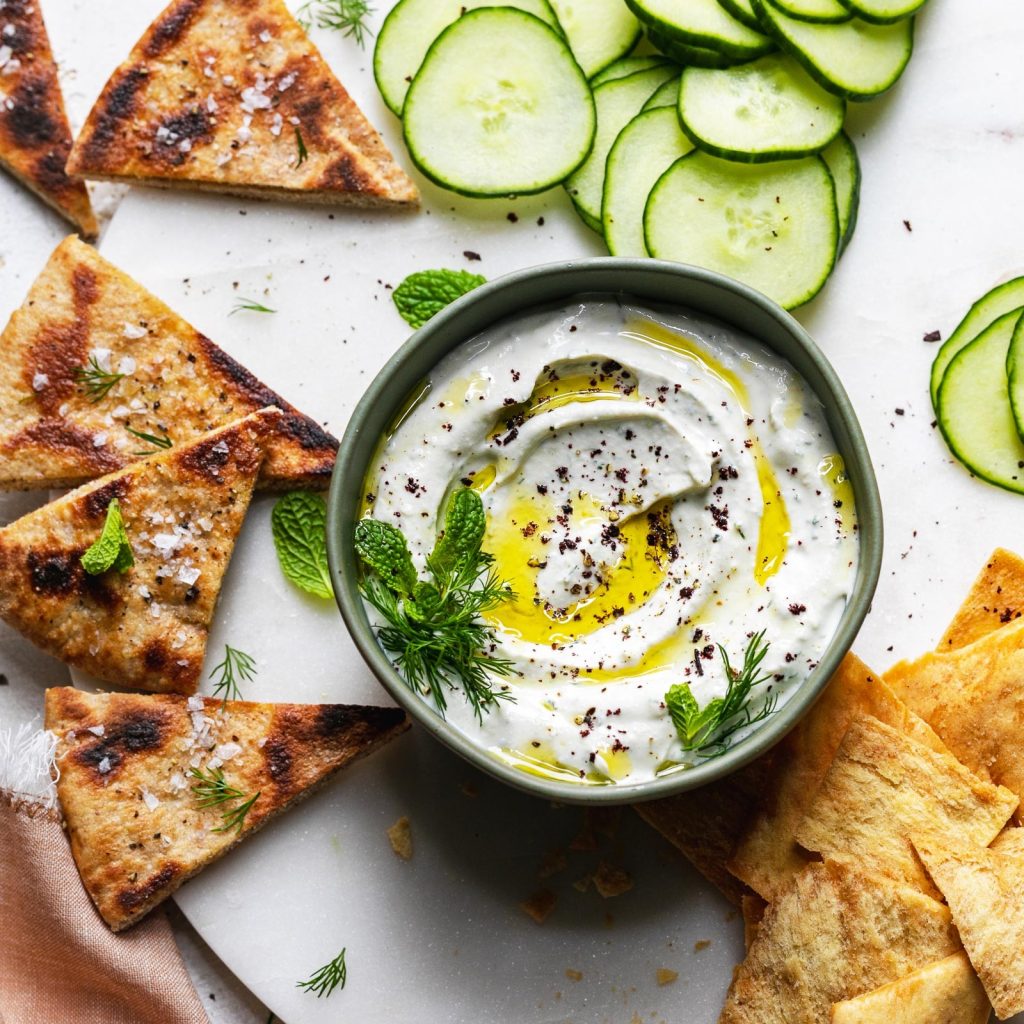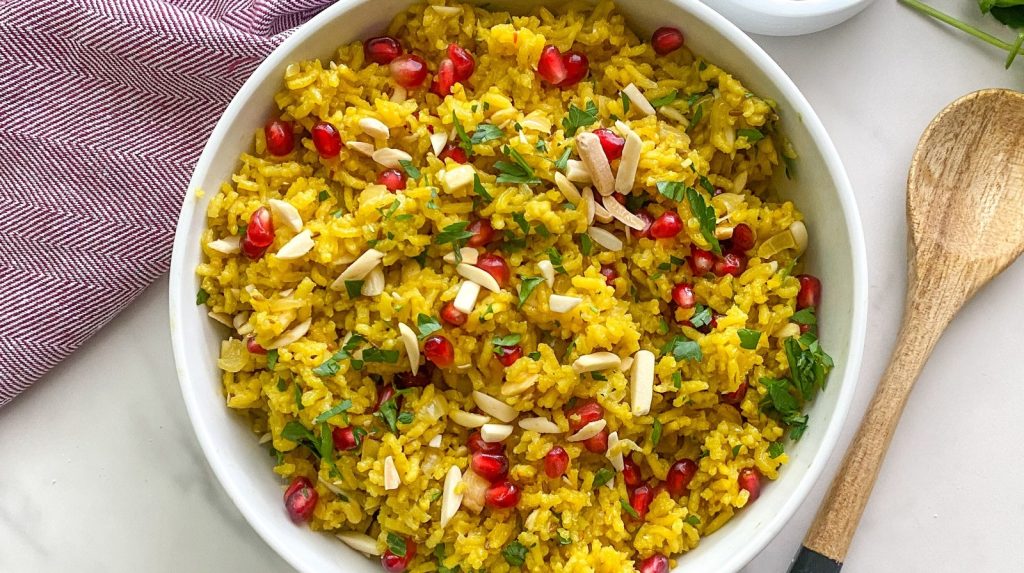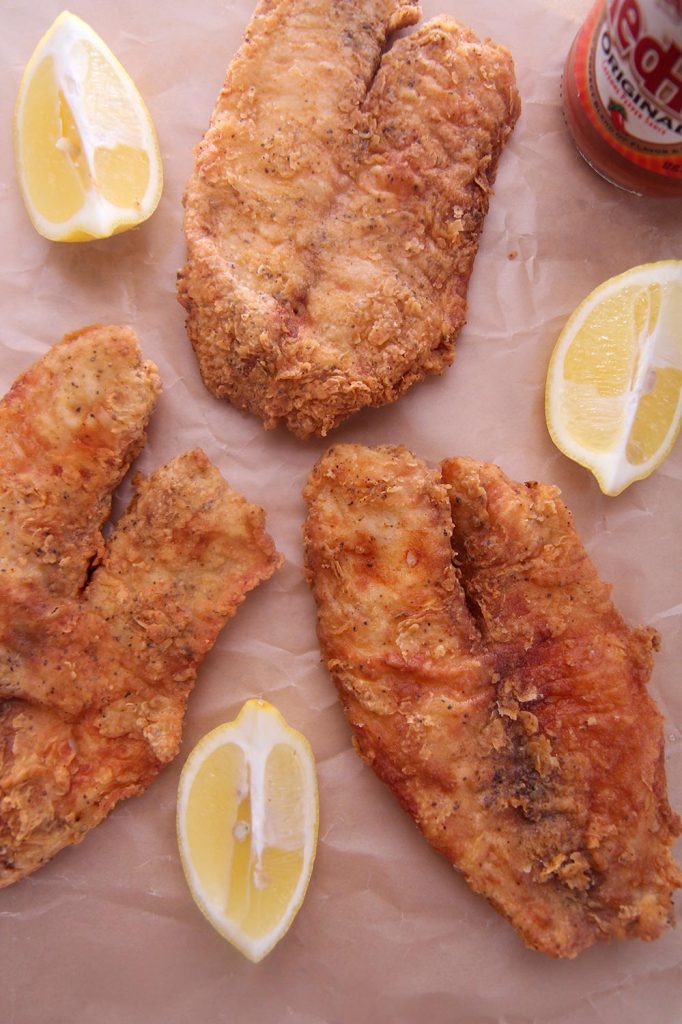Swahili prawns are made with the freshest ingredients. Since this recipe is made on East African Coast, the prawns are usually part of the days catch. We recommend that you make all your other dishes before preparing this recipe. Also doing all the prep work for the recipe makes it easier and faster to cook. This recipe is so delicious! Best of all, it takes very little time to make it.
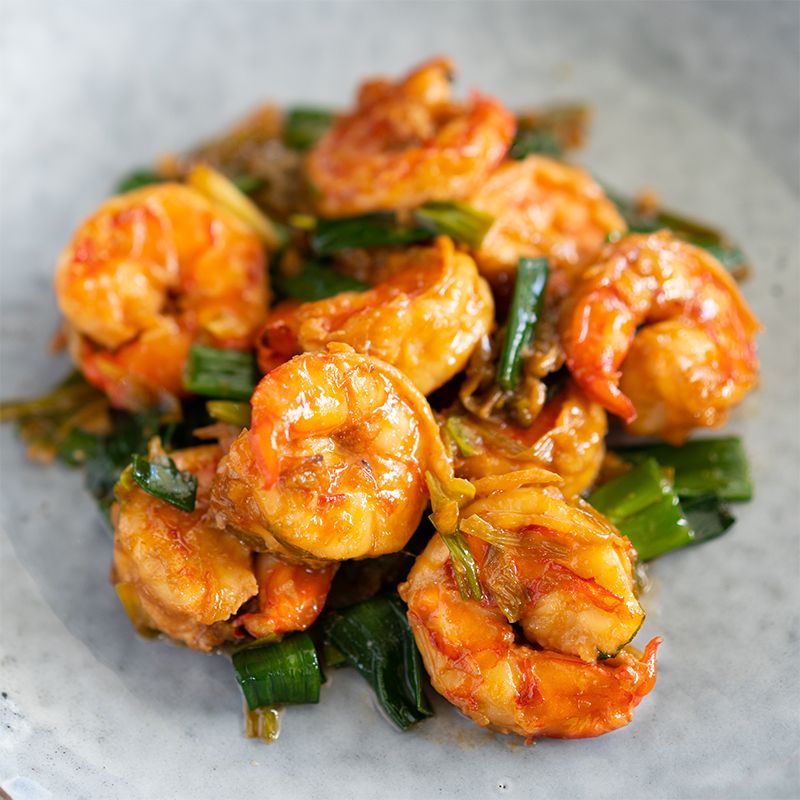

SWAHILI PRAWNS
Swahili prawns encapsulate the essence of the coastal cuisine along the Indian Ocean, particularly in regions like Zanzibar and the Swahili Coast. These succulent seafood delicacies combine the rich flavors of the ocean with the intricate spices and culinary traditions of the Swahili culture. Swahili prawns are a representation of the fusion of cultures and ingredients that have shaped the coastal culinary landscape.
Equipment
- 1 pan
- 1 stove
Ingredients
- 3 tbsp olive oil
- 1 large yellow onion, finely chopped
- 3 cloves garlic
- 1 tbsp fresh root ginger, minced
- 2 tsp fresh garlic, minced
- 1/4 cup coconut milk
- 12 raw tiger prawns, shelled
- Juice of 1 lemon
- 2 tbsp fresh cilantro, finely chopped
Instructions
- Heat oil in a large frying pan on medium heat.
- Add garlic and ginger, stirring constantly to avoid any sticking or burning.
- Add coconut milk, salt and pepper.
- ring to a slight boil and simmer for about 10 minutes.
- Remove from heat.
- At this point, if you will be serving it immediately, you may add the prawns, lemon juice and cilantro.
- If not, set sauce aside and complete step 5. when you are ready to serve.
Video
Notes
This recipe is best served over plain steamed basmati or jasmine rice and with freshly steamed greens.
Tips and tricks

- Choose Fresh Prawns:
- Opt for fresh, high-quality prawns. Look for prawns with firm, translucent flesh and a pleasant ocean smell.
- Marination is Key:
- Marinate the prawns in a mixture of aromatic spices (such as turmeric, cumin, coriander, chili, garlic, and ginger) for at least 30 minutes before cooking. This enhances the flavor profile.
- Coconut Milk Magic:
- If making a coconut milk-based sauce, use high-quality coconut milk for a creamy and rich texture. Adjust the amount based on your desired consistency.
- Balanced Spices:
- Balance the spice quantities to suit your taste preferences. The combination of spices should provide a harmonious blend of flavors without overwhelming the prawns.
- Don’t Overcook:
- Prawns cook quickly and can become tough if overcooked. They are ready when they turn pink and opaque. Be attentive to their texture and avoid overcooking.
- Tail-On or Tail-Off:
- Decide whether to leave the tails on or off the prawns based on your preference and the serving style.
- Grilling or Pan-Frying:
- Grilling or pan-frying prawns can impart a delicious smoky flavor. Cook them over medium-high heat for a few minutes on each side until they’re cooked through.
- Use Skewers for Grilling:
- If grilling, thread the marinated prawns onto skewers to make them easier to handle and flip.
- Fresh Herbs and Citrus:
- Garnish the cooked prawns with fresh herbs like cilantro or parsley and a squeeze of citrus juice (such as lime or lemon) for a burst of freshness.
- Serve with Accompaniments:
- Swahili prawns are often served with coconut rice, chapati, or other local staples. These accompaniments balance the flavors and create a complete meal.
- Experiment with Sides:
- Consider serving Swahili prawns with a side of grilled vegetables, a refreshing cucumber salad, or a light slaw for added texture and flavor variety.
- Preparation Matters:
- Clean and devein the prawns properly before marinating. Removing the digestive tract (“vein”) ensures a cleaner and more enjoyable eating experience.
- Adjust Heat Level:
- If you prefer a milder dish, adjust the amount of chili or use a milder variety. Likewise, if you enjoy heat, feel free to kick up the spice quotient.
- Taste and Adjust:
- Regularly taste the marinade and sauce as you prepare to ensure the flavors are well-balanced and to your liking.
Nutritional ingredients of SWAHILI PRAWNS
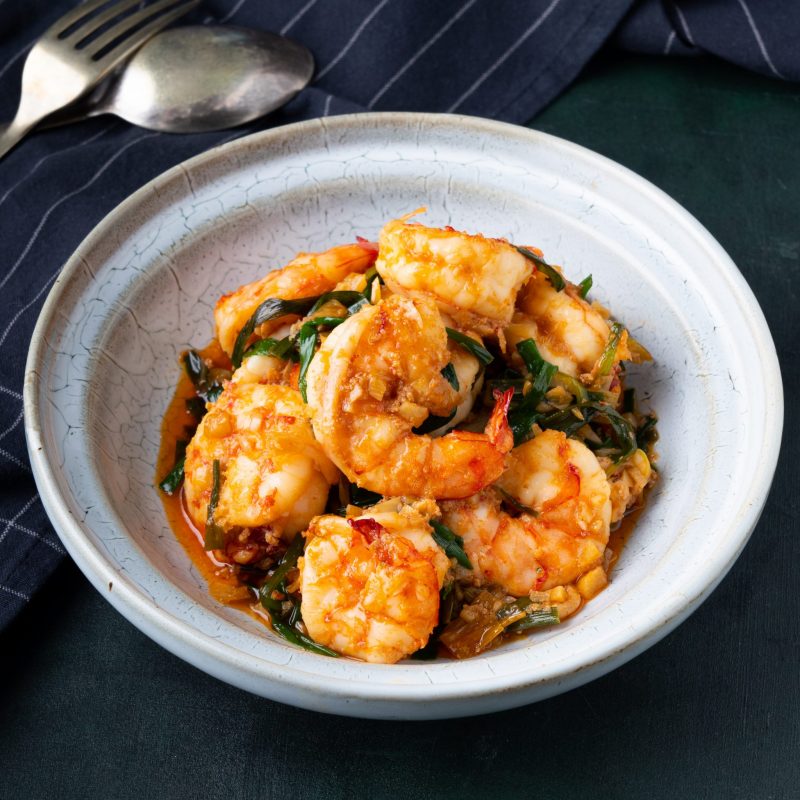
The nutritional content of Swahili prawns can vary based on factors such as portion size, cooking method, and specific ingredients used in the preparation. However, I can provide you with a general overview of the potential nutritional components of Swahili prawns:
Nutritional Components per 100 grams (approximately)
- Calories: Approximately 90-100 calories
- Protein: Around 20 grams, a significant source of high-quality protein.
- Fat: Roughly 1-2 grams, depending on the cooking method and use of coconut milk or oil.
- Carbohydrates: Minimal carbohydrates, typically less than 1-2 grams.
- Fiber: Negligible fiber content in prawns.
- Vitamins and Minerals:
- Prawns are a good source of essential nutrients such as vitamin B12, selenium, and iodine.
- They also provide small amounts of vitamins A and E, along with minerals like phosphorus and zinc.
- Omega-3 Fatty Acids:
- Prawns contain some omega-3 fatty acids, contributing to heart health and overall well-being.
- Cholesterol:
- Prawns have a relatively high cholesterol content, so it’s advisable to consume them in moderation if you’re watching your cholesterol intake.
- Sodium:
- The sodium content can vary depending on the seasoning and marinade used.
Coconut Milk:
- If your Swahili prawns are prepared with a coconut milk-based sauce, keep in mind that coconut milk is relatively high in calories and saturated fats. However, it also adds a rich and creamy texture to the dish.
Spices and Flavorings:
- The spices used, such as turmeric, cumin, and coriander, provide not only flavor but also potential health benefits due to their antioxidant and anti-inflammatory properties.
Serving suggestions SWAHILI PRAWNS
:max_bytes(150000):strip_icc()/gilroy-garlic-shrimp-recipe-101990-hero-01-76a3e7133f82467cb9f70800ad8ff317.jpg)
- Coconut Rice Bed:
- Serve Swahili prawns over a bed of fragrant coconut rice. The creamy and slightly sweet rice pairs beautifully with the spiced prawns.
- Chapati Accompaniment:
- Swahili prawns can be enjoyed with freshly made chapati, a soft and versatile flatbread. Tear off pieces of chapati to scoop up the prawns and their flavorful sauce.
- Tropical Fruit Salsa:
- Prepare a vibrant tropical fruit salsa with ingredients like diced mango, pineapple, red onion, cilantro, and lime juice. The sweet and tangy salsa complements the savory prawns.
- Lemony Couscous:
- Pair Swahili prawns with light and fluffy lemon-infused couscous for a Mediterranean-inspired twist that adds texture and freshness.
- Cucumber and Tomato Salad:
- Create a refreshing salad using diced cucumbers, tomatoes, red onion, and a simple vinaigrette. This salad provides a cool contrast to the warm and spicy prawns.
- Grilled Vegetables:
- Serve Swahili prawns alongside a medley of grilled or roasted vegetables, such as bell peppers, zucchini, and eggplant.
- Zanzibar Spice Bread:
- Accompany Swahili prawns with a slice of Zanzibar spice bread, a unique and aromatic bread infused with local spices.
- Avocado Mash:
- Mash ripe avocado with a squeeze of lime and a pinch of salt. Serve it as a creamy side that adds richness to the prawns.
- Herb-Infused Rice:
- Elevate plain rice by adding fresh chopped herbs like cilantro and mint. The herbal aroma complements the fragrant spices in the prawns.
- Pickled Red Cabbage Slaw:
- Create a tangy and colorful slaw with shredded red cabbage, vinegar, and a touch of honey. This slaw adds a crunchy and zesty element to the dish
Join us on a culinary voyage as we delve into the enchanting world of Swahili prawns, uncovering their origins, savoring their complex spices, and immersing ourselves in the cultural traditions that make this dish a culinary jewel of the Indian Ocean. Step into the realm of coastal elegance and indulge in the harmonious blend of flavors that have stood the test of time, inviting us to experience the very essence of Swahili culture on a plate.


